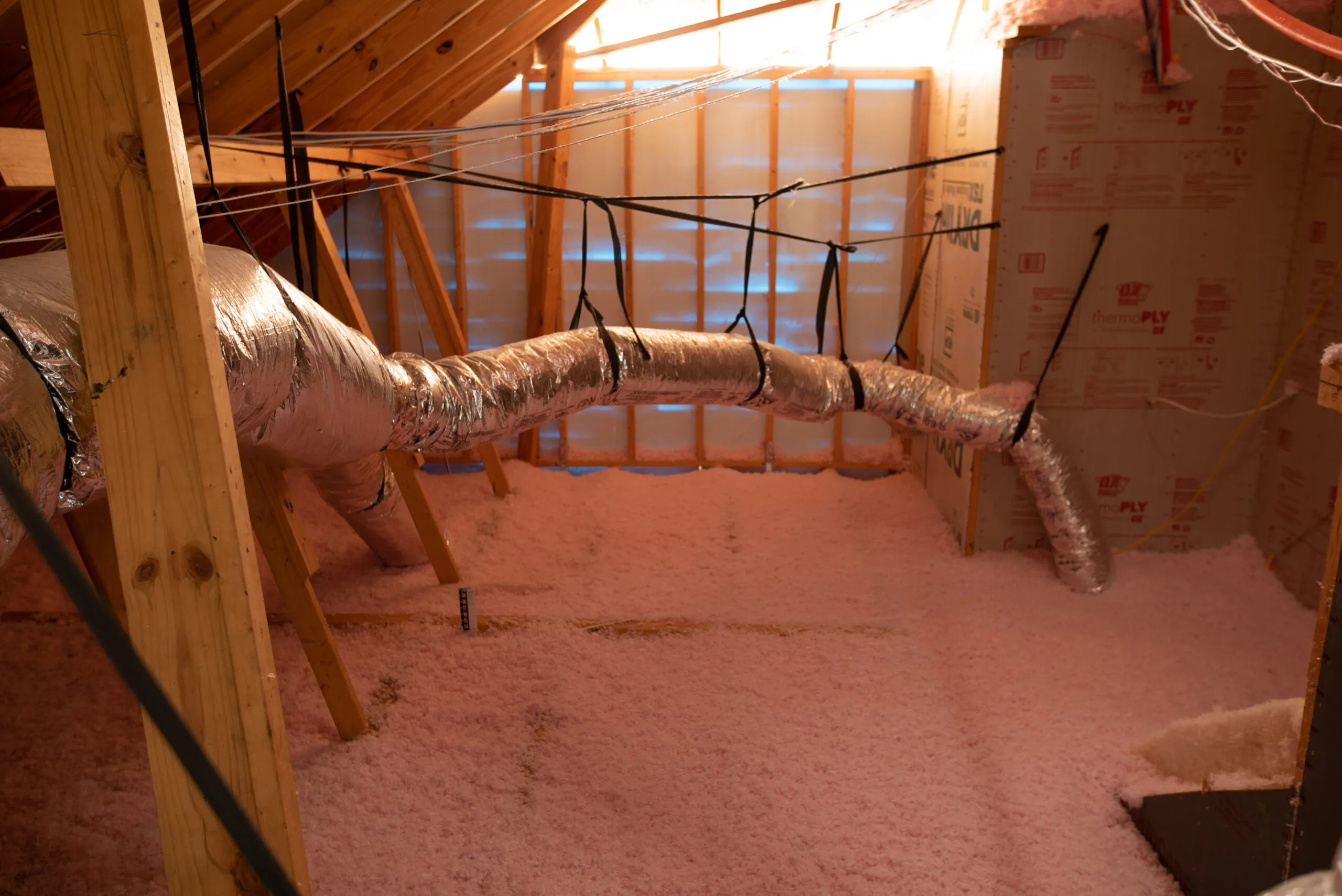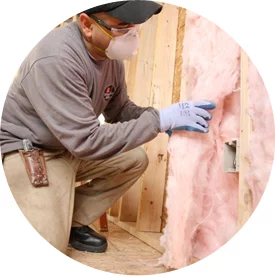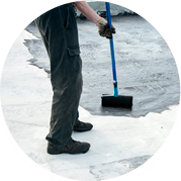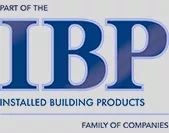Your HVAC system is likely the most expensive appliance in your home. It makes sense to protect that investment. Without proper attic insulation, your HVAC unit has to work twice as hard to keep your home comfortable.
Many homeowners are surprised to learn the Chicago area has high humidity. Our annual average humidity level is 71%, and because of our “peculiar” winter air quality, it’s even higher during cold weather. (At lower temperatures, most air contains less moisture.)
Chicago’s winter humidity tends to be higher than summer, despite occasional influxes of humid air from the Gulf of Mexico.
Attic Insulation Helps With Humidity
Did you know that 90% of our homes are under-insulated? Adding home insulation works to control humidity levels, something we need in northern Illinois and the Great Lakes region. What type and how much attic insulation you have will affect humidity levels.
Some DIYers buy big-box-store insulation rolls and stuff them into their attics. They think they’ve done a fine job, but they may have worsened the problem.
Good air circulation is needed to lower humidity levels. By compressing your insulation, you’ve reduced air circulation and lessened the benefits of attic insulation.
Moisture Control Is Key to Comfort
It doesn’t take much moisture to raise the humidity in a home; it can quickly go from 15% to 60%. If the humidity is higher than 50%, it’s uncomfortable and can cause property damage and impact health.
When condensation and mold form in your home, the air can carry contaminants. If you have infants, older folks, or family members with allergies or ongoing health issues, contaminated air is a real problem.
If your attic insulation is damaged by mold, moisture or rodent activity, it’s safer to remove it and replace it with new insulation. If your insulation is undamaged but inadequate, adding insulation is an option. Adding insulation is called retrofitting.
Retrofitting or replacing insulation is a good investment. It will hold your home’s ambient temperature consistently and comfortably while preventing humidity and moisture fluctuations. It’s a win-win because it will also lower your monthly heating and cooling costs.
Which Attic Insulation Is Best for Humidity Reduction?
There are many different attic insulation options to choose from when you need to reduce humidity. With the right materials in place, you can protect your home against mold development and other humidity issues.
Fiberglass insulation, which comes in batts or rolls, fits tightly into the spaces of a wall, blocking the outdoor air. Loose-fill insulation is blown into a space and fills the area with dense materials. Spray foam insulation is applied wet and expands to fill every crack of a surface. All these options offer great humidity reduction.
When you need humidity control for your home, ThermaSeal/Lakeside can help. Call (800) 836-2535 to schedule attic insulation services in Cary.
Benefits of Combining Insulation With Basement Waterproofing
Insulation is a vital part of protecting your home from the elements. With basement waterproofing and insulation together, you can prevent moisture issues in your home.
A few benefits of having both services performed include:
- Reducing the chance of mold development
- Protecting your foundation from damage
- Maintaining the overall value of your property
Trust ThermaSeal/Lakeside when you need basement waterproofing in Cary. Call (800) 836-2535 today to get started.
ThermaSeal/Lakeside: Chicago’s Insulation Contractors
Why should you choose ThermaSeal/Lakeside Insulation for attic insulation in your Chicago-area home? For over 20 years, we’ve provided superior quality work and customer care to our friends and neighbors in northern Illinois (like you).
We’ll partner with you to find insulation solutions that are customized for your commercial or residential property and your budget.
What do you need? With ThermaSeal/Lakeside Insulation, you’ll get affordable, top-quality insulation professionally installed on time and within budget.
Call ThermaSeal/Lakeside at 800-836-2535 to learn more or request a free estimate.





